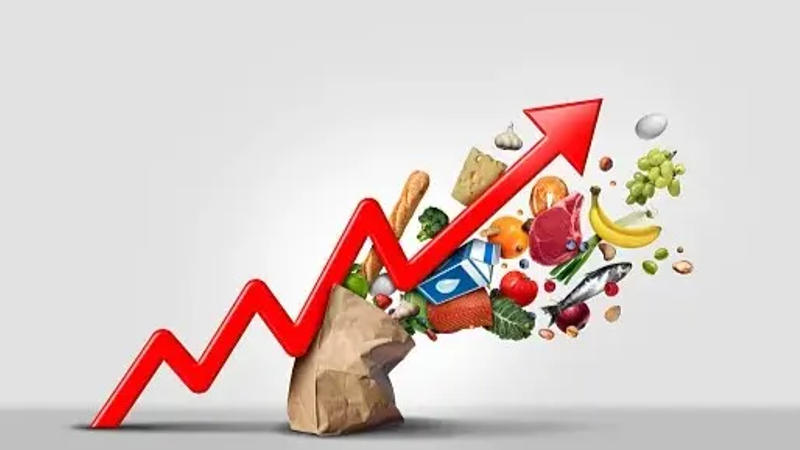Published 16:26 IST, January 10th 2024
Inflation anxiety eased in 2023 but still higher than 2018-2021: Crisil
The report added further that the Google Trends index based on searches for ‘inflation’ is strongly correlated with inflation expectations of households.

Advertisement
Inflation anxiety in 2024: Inflation anxiety has been easing over 2023, but remains higher than during 2018-2021, according to Google Trends data, a Crisil Market Intelligence report showed on Wednesday. According to the report, within TOP, onions and tomatoes show a super spike in Google search interest every few years. “Search interest in potato prices is comparatively range bound and devoid of super spikes, as per the trends data for the past five years,” the report mentioned.
The report added further that the Google Trends index based on searches for ‘inflation’ is strongly correlated with inflation expectations of households based on the RBI’s survey, and hence, a good proxy for inflation anxiety in the economy.
This relationship becomes clear if we look at movements in the Google Trends index for India over the past five years. The index value, based on Google searches for ‘inflation’, was relatively low in 2018-2021, when inflation in India was under control. Food and fuel inflation was also relatively low during this period. The index began climbing in early 2022. It was at its five-year peak in May 2022, when fuel prices shot up due to the Russia-Ukraine conflict, and food inflation was also soaring.
“For most of 2022, the index was relatively high, as inflation remained above the RBI’s target. Since then, the index has been consistently easing, despite occasional flare-ups in headline inflation, showing that anxiety about inflation has started to broadly ease in India.” the report stated. Google search interest regarding the prices of just three vegetables—tomatoes, onions and potatoes (TOP)—is a useful indicator of price anxiety. The report used Google Trends data on TOP price searches as a proxy for price anxiety and observed how they are increasingly useful in gauging inflationary expectations—a key factor in monetary policy making.
Fewer losses from potatoes, because of better storage, have kept prices and search anxiety on their price range bound. Tomatoes and onions lack adequate storage and face higher losses in comparison.
Inflationary Pressures
Inflationary pressures in the Indian economy may be tracked in three ways. First, is by looking at the actual data. CPI inflation is released by the National Statistical Office (NSO) and the daily retail price data is released by the Ministry of Consumer Affairs. Second, is the data on inflation expectations of households based on surveys, conducted by the RBI.
November CPI inflation made headlines again, as it rose to 5.6 per cent from 4.9 per cent in October. Food inflation jumped to 8.7 per cent from 6.6 per cent, with vegetables inflation soaring 17.7 per cent, followed by pulses.
This is the second price shock in vegetables in the current fiscal. Uncertainty on food prices is, thus, likely to haunt the Monetary Policy Committee (MPC) again. While there is little that the MPC can do to control food inflation, persistent food inflation can become generalised and enter headline inflation, requiring a monetary policy response.
Hence, there is a need to closely watch food prices. The November round of the survey shows that mean inflation expectation for one year increased. This may have to do with the rising prices of vegetables, which are purchased at a higher frequency and whose prices tend to influence inflation expectations.
16:55 IST, January 9th 2024